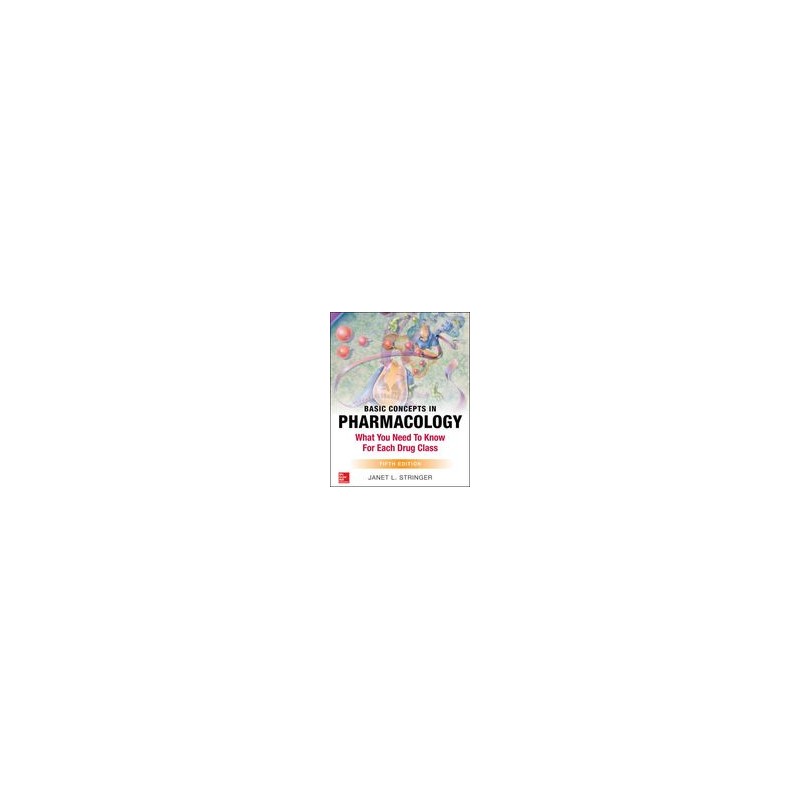- Reduced price

Order to parcel locker

easy pay


 Delivery policy
Delivery policy
Choose Paczkomat Inpost, Orlen Paczka, DHL, DPD or Poczta Polska. Click for more details
 Security policy
Security policy
Pay with a quick bank transfer, payment card or cash on delivery. Click for more details
 Return policy
Return policy
If you are a consumer, you can return the goods within 14 days. Click for more details
A simple, effective, and time-proven method of learning the essential concepts of pharmacology
A MUST-READ FOR THE USMLE STEP 2
Basic Concepts in Pharmacology:: What You Need to Know for Each Study Class, Fifth Edition provides you with a complete framework for studying – and understanding – the fundamental principles of drug actions. This unique resource presents drugs by classes, details exactly what you need to know about each class, and reinforces key concepts and definitions. With Basic Concepts in Pharmacology:: What You Need to Know for Each Study Class you will be able to identify your strengths and weaknesses, minimize memorization, streamline your study, and build your confidence.
With this innovative text youll be able to::
• Recognize the concepts you truly must know before moving on to other material
• Understand the fundamental principles of drug actions
• Organize and condense the drug information you must remember
• Review key information, which is conveniently presented in boxes, tables, and illustrations
• Identify the most important drugs in each class
Seven sections specifically designed to simplify the learning process and help you gain an understanding of the most important concepts::
• General Principles
• Drugs That Affect the Autonomic Nervous System
• Drugs That Affect the Cardiovascular System
• Drugs That Act on the Central Nervous System
• Chemotherapeutic Agents
• Drugs That Affect the Endocrine System
• Miscellaneous Drugs
If you are in need of a time-saving, stress-reducing approach to learning about drug classes and their mechanisms of action, your search ends here.
Data sheet
